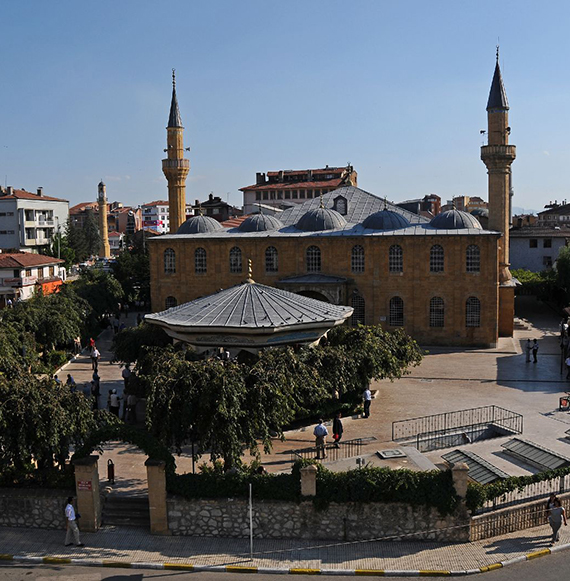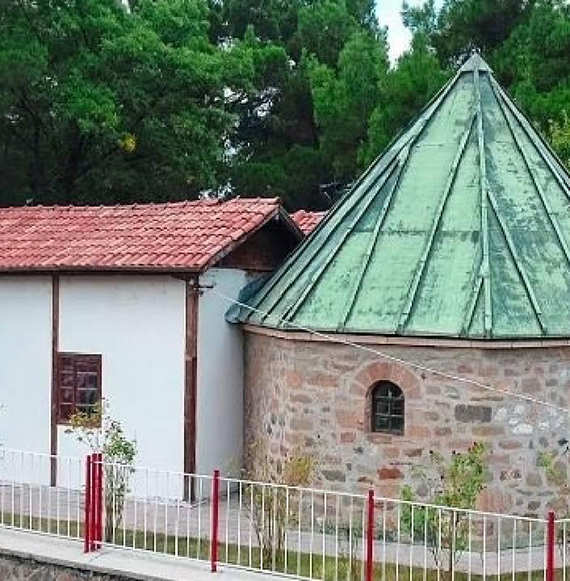Mosque
Ulu Mosque
The mosque was first built by Selçuk Sultan III. It is considered to have been built by his freed slave, Hayrettin, during the reign of Alaattin Keykubat. The mosque took its current form as a result of major repairs. II. It was destroyed in the great earthquake that occurred in 1446 during the reign of Beyazıt and was repaired by Mimar Sinan. This repair is also mentioned in Mimar Sinan's book titled Teskiret-i Enbiye, and it is written in the book that "he repaired and built the Alaaddin Mosque in Çorum.




